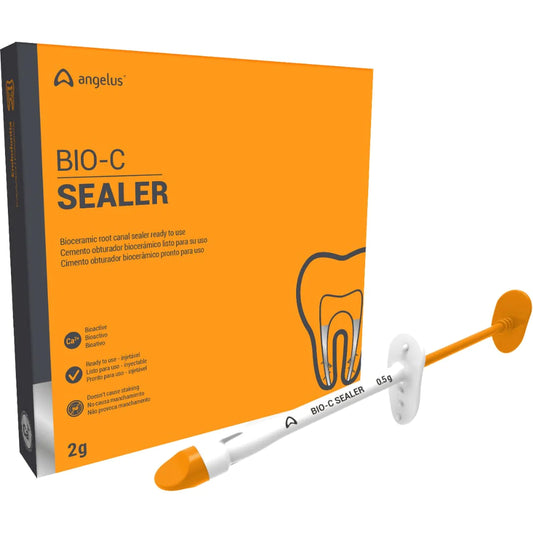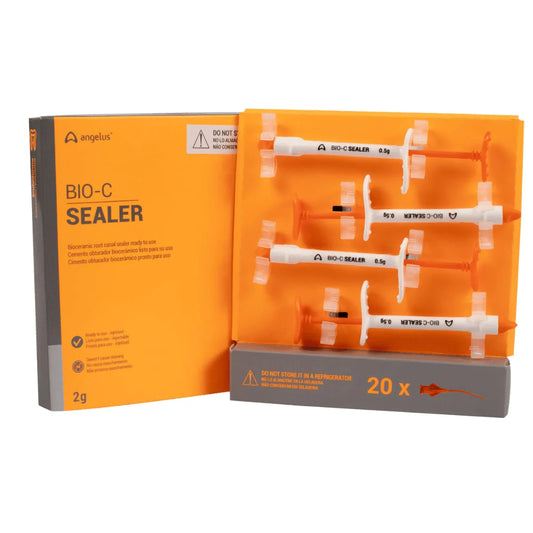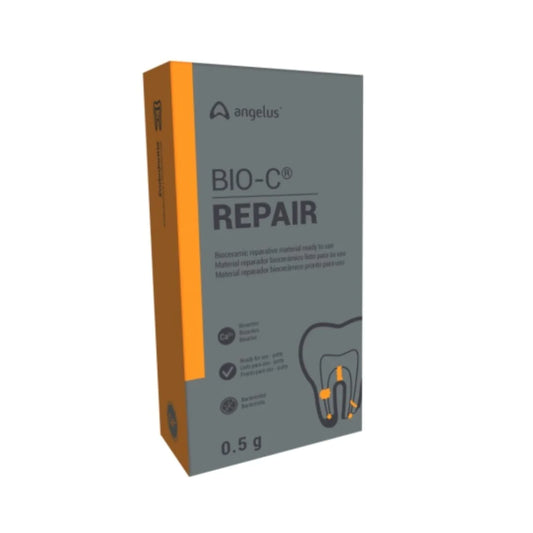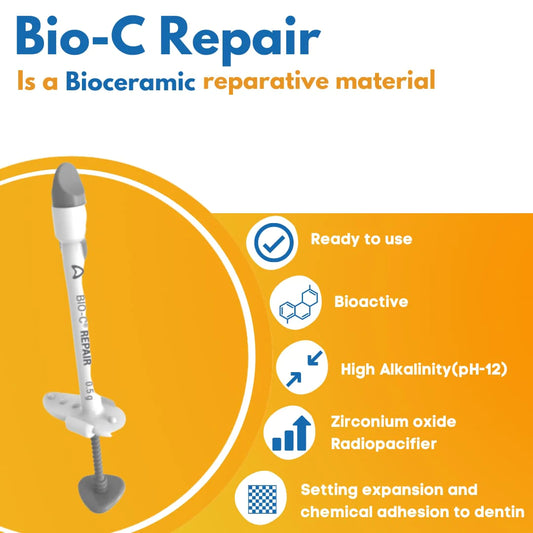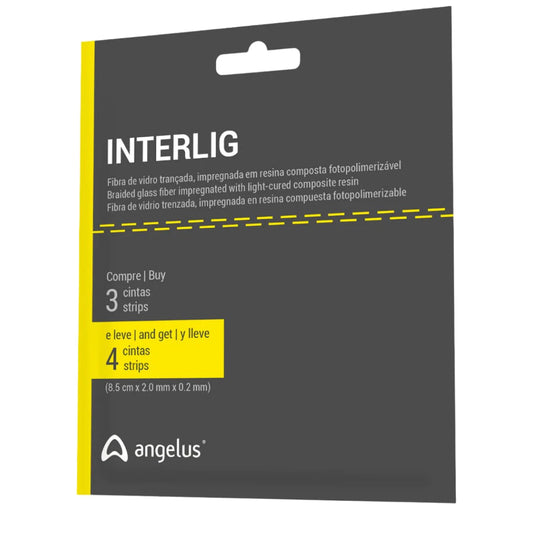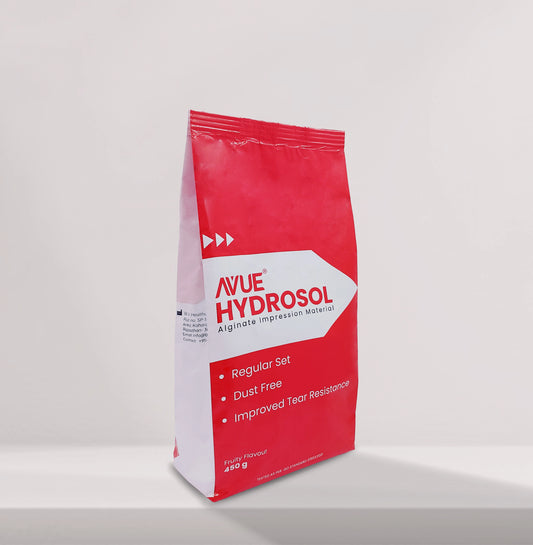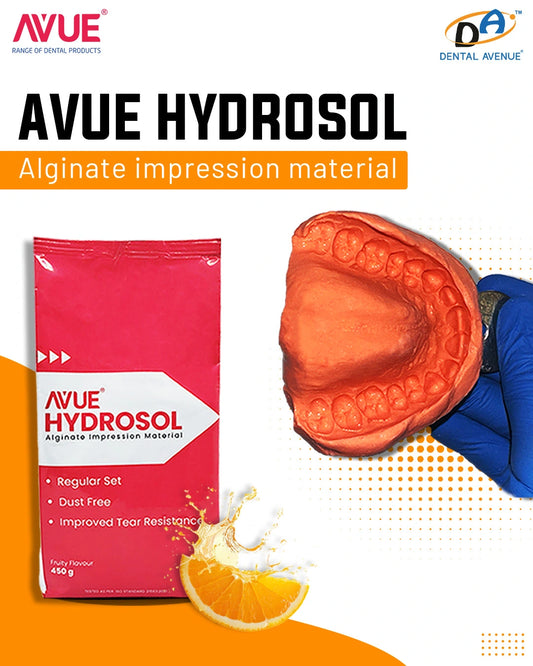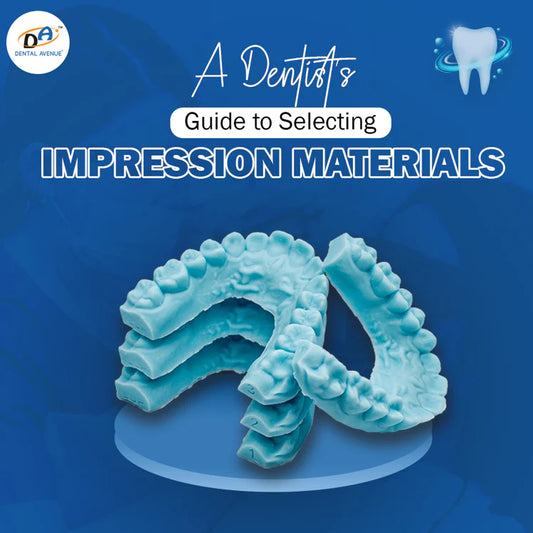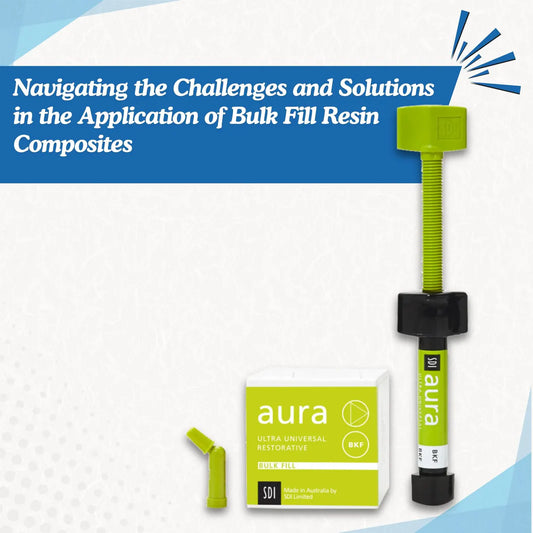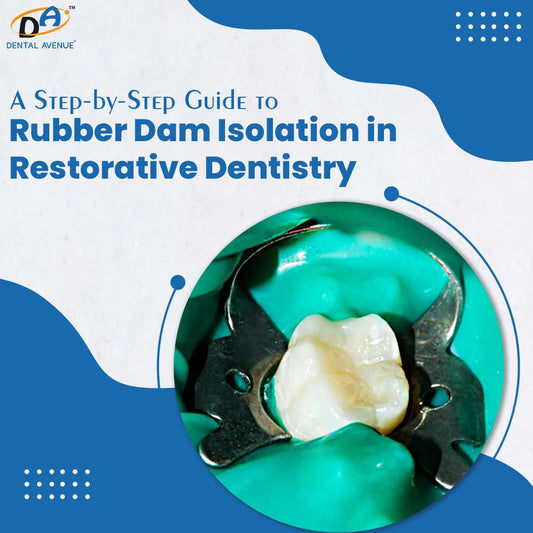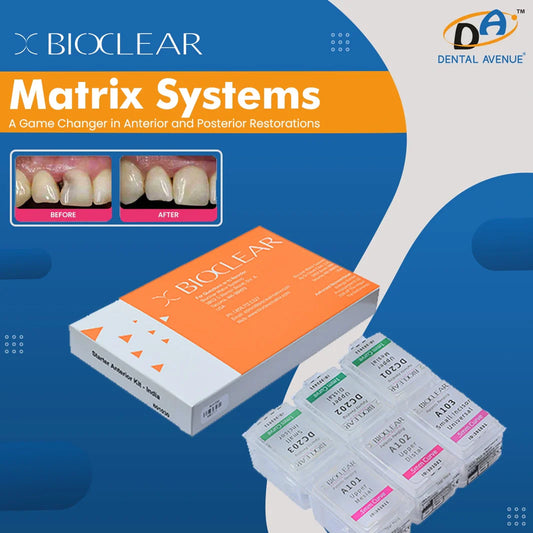Introduction
Dental composite resins are tooth-coloured restorative materials made up of synthetic resin matrix and filler particles. They provide good durability and resistance to fracture. These materials have great aesthetic, bio-compatibility, and mechanical properties. Well accepted in both anterior and posterior teeth.
Dental Composites, also known as composite restorative materials, filled resins, composite resins, resin-based composites or filled composites. Using a composite kit can help dentists achieve predictable results with these materials.Here we also focus on dental composite composition, dental composite materials, and classification of composite resin.Composite restorative materials are the most commonly used restoration since they replace biological tissue in appearance and function. At least 40-52% of posterior direct restoration placements now rely on composite materials broadly categorized according to the filler particle size, restorative procedure, clinical application, and curing methods.
Different Types of Dental Composites
Let's discuss all the types of composite based on filler particle size.
Micro-Fill Composite
First are the small micro-fill composites of irregular-shaped particles with high surface area. These have lower filler content, implying that the microfill composite strength is reduced compared to the other options, although microfill composites can be polished and give aesthetic results.
Nano-Fill Composite
Measuring 100 nm in size, these nano-fill composites are small particles with high filler content and provide great strength to the material. It is a material of choice for an ideal case as it has outstanding strengths and excellent aesthetics.
Micro-Hybrid composite
Moving on to the micro hybrids composite, this is just one of the two different types of hybrid-based composites. The word hybrid indicates the combination of both a small and a large particle.
It has good filler loading, due to which strength is not compromised and provides good aesthetic quality.
With time, studies have reported a loss of polish or luster with micro-hybrid composites.
Nano-Hybrid Composite
Next is the nanohybride composite. When we're comparing nano-hybrids to some micro-hybrids, they're extremely similar. They have the same strength and properties because it has the same amount of filler loading. Another thing to consider, though, is that nano-hybrids do contain nano-sized particles. However, they're not true nano fills because they do not contain only exclusively nanoparticles; they're mixed with other larger-sized particles, and again, with micro hybrids and nanohybrids, you do get good strength along with good aesthetics, making it one of the universal accepted composites.
Flowable Composite
Moving on to the higher resin matrix and a lower filler composite, the flowable composite. This type has a probability of shrinking more; however, there are the treatments of choice. Its modulus of elasticity is very similar to that of the tooth. This means that the restoration will flex with the tooth, making these very good for liners and non-caries cervical lesions such as class 5 cervical lesions.
Flowable Bulk-Fill
The next composite is the flowable bulk fills, also known as base bulk fills. Now, these typically are a little bit more flowable, so they can be placed in higher or deeper increments than traditional composites because they are bulk fills. They typically have a lower filler content in higher matrix content. The lower filler content is advantageous in this case because it does give an ink of cure. After all, the filler content is low. However, these composites are not as strong, and most of them are indicated as base layers, meaning that you would fill your preparation up, say, four millimeters with your flowable bulk-fill, and then you have to cap that bulk-fill with a two-millimeter increment of traditional paste composite.
Full-Body Bulk Fill
The last type of composite is a full-body bulk fill, meaning a true bulk fill that can be placed from the bottom of the cavity to the occlusal surface. Now, these types of composite restorations do have high filler content, and something that is be noted is that you can place them in increments greater than two millimeters.
Recommended Read - Nanofill Composites vs. Microfill Composites: Choosing the Right Material for Your Needs
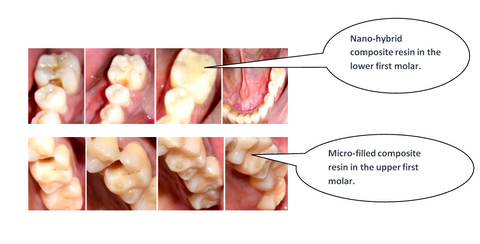
Factors for long-term success of composite restorations
There could be numerous factors affecting the longevity of composite restoration. These may range anywhere from patient induced such as caries risk, parafunctional habits etc. Dentist induced factors include multiple operators on a single patient, increment thickness, light unit system used, cavity diameter, filler type etc.
Here are some crucial factors:
- Etching and bonding: Proper concentration of acid and etching time are mandatory to achieve requisite tags. Also, make sure the acid is washed off properly, or else a lack of residual acids can hinder the bonding process.
- Damage to the bonding interface: The resin matrix binds the fiber reinforcement, transfers loads between fibers, gives the composite component its net shape, and determines its surface quality. The failure of the restoration–tooth structure bond, or the resin–tooth interface, is the weak link whose failure is the main reason for the failure of the restoration.
- Adhesive-composite application techniques: The longevity of bonded composite restorations could be affected by the adhesive-composite application techniques utilized. This involves adhesive preparation followed by etching and the use of dental desensitizers, which reduce the sensitivity resulting from composite restorations. When applied in the cavity before dental adhesives, they do not affect the bonding of the restorative material.With the right dental composite kit, these steps can be performed more efficiently, ensuring better long-term outcomes.
Conclusion
To summarize the key features,this review highlights not only the particle size and strength but also the clinical importance of composite dental filling material and dental resin composite, which play a crucial role in restorative dentistry.
|
Ft. |
Micro-Fill Composite |
Nano-Fill Composite |
Micro-Hybrid Composite |
Nano-Hybrid Composite |
Flowable Composite |
Flowable Bulk-Fill |
Full-Body Bulk Fill |
|
Particle Size |
0.02–0.04 µm |
0.074 -0.075 µm |
0.7-2.0 µm |
0.007 µm |
0.8 μm |
0.1-30 µm |
0.04- 3 µm |
|
Compressive Strength |
210 Mpa |
312-417 Mpa |
285 Mpa |
223 Mpa |
203 Mpa |
256 Mpa |
225 Mpa |
|
Adv. |
-Smooth Finish. - High luster. |
- Lower abrasive wear - Higher sorption values |
-Simulate dentin - Suited for ant post restorations |
-Durability - Low polymerization shrinkage |
- Rapid filling - Better cavity adaptation |
- Readily workable -Reduce marginal defects |
- Highly viscous - Resistant to wear |
|
Disadv. |
-Shrinkage -Fracture chances
|
-Tooth sensitivity -Shortened Life span |
- Tough to marginate -Risk of micro leakage and secondary caries.
|
-Lower color stability -Discoloration |
-Lower strength -Translucent -Shrinkage |
-Marginal leakage, debonding. -Secondary caries. |
- Shrinkage -Making adequate contact areas may be challenging. |
|
Application |
Used in anterior areas. |
-class I, II, III, IV, and V cavities in both anterior and posterior teeth. |
- Used in Class I, for both anterior and posterior teeth. |
Class IV cavity, used in anterior teeth. |
-Fissure sealing, small class 3, and class 5 restorations or as liners or filled adhesives. |
-Class II, Posterior teeth. |
-Minimally invasive occlusal cavities, such as Class II MOD preparations. |
Take home notes:
- The size of the filler particles in a composite can affect the strength, wear resistance, and shrinkage of the restoration.
- Composite restorations are versatile and suitable for both anterior and posterior teeth. Their adaptability ensures that they withstand the daily pressures of eating and chewing.
- To minimize the chances of failure, one should focus on small cavity preparations, proper isolation, the use of small increments while filling the cavity, proper etching, etc.
Recommended Read - Achieving Superior Results with Hybrid Composites: Tips for Dentists
Frequently Asked Questions (FAQs)
1. A polymer matrix
2. A coupling agent
3. Filler particles
These combine to form a composite-like material consisting of ceramic and polymer.
• Follow the Composite button technique.
• Evaluate the shade in different light sources.
• Keep the tooth moist with saliva (dehydration makes it look whiter).
• Perform color matching before applying a rubber dam.
• Maintain an ideal operator distance of 61 cm (2 feet) to 183 cm (6 feet).
• Perform the Squint Test to restrict light interference.

